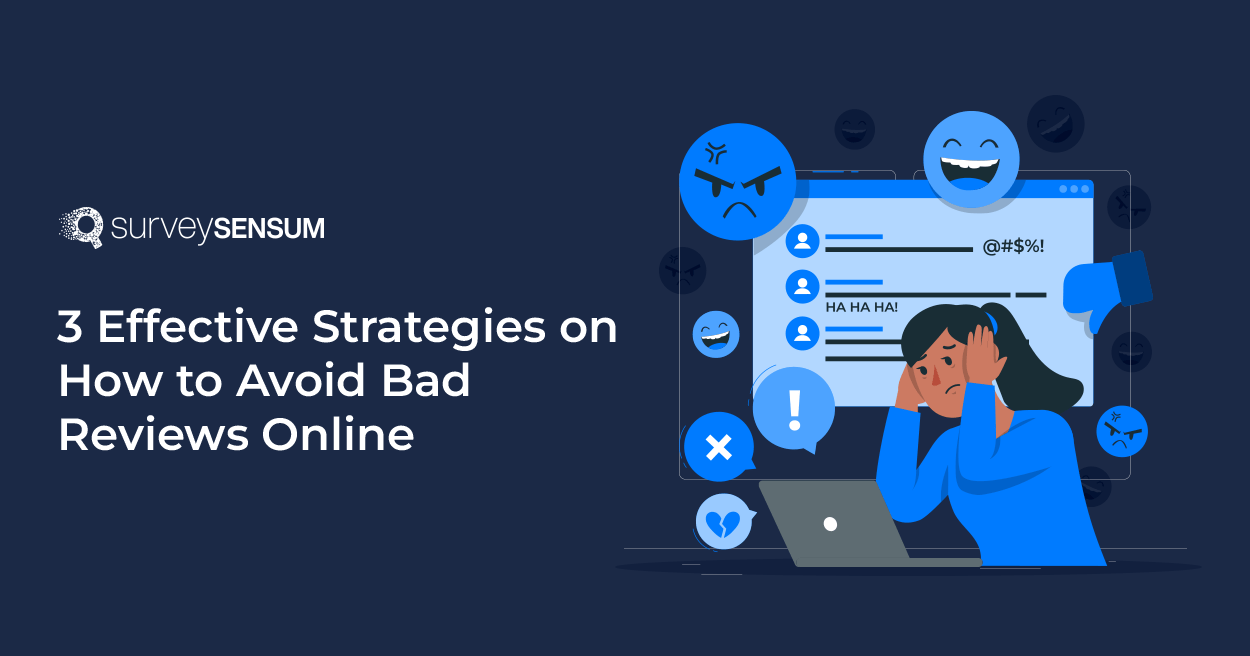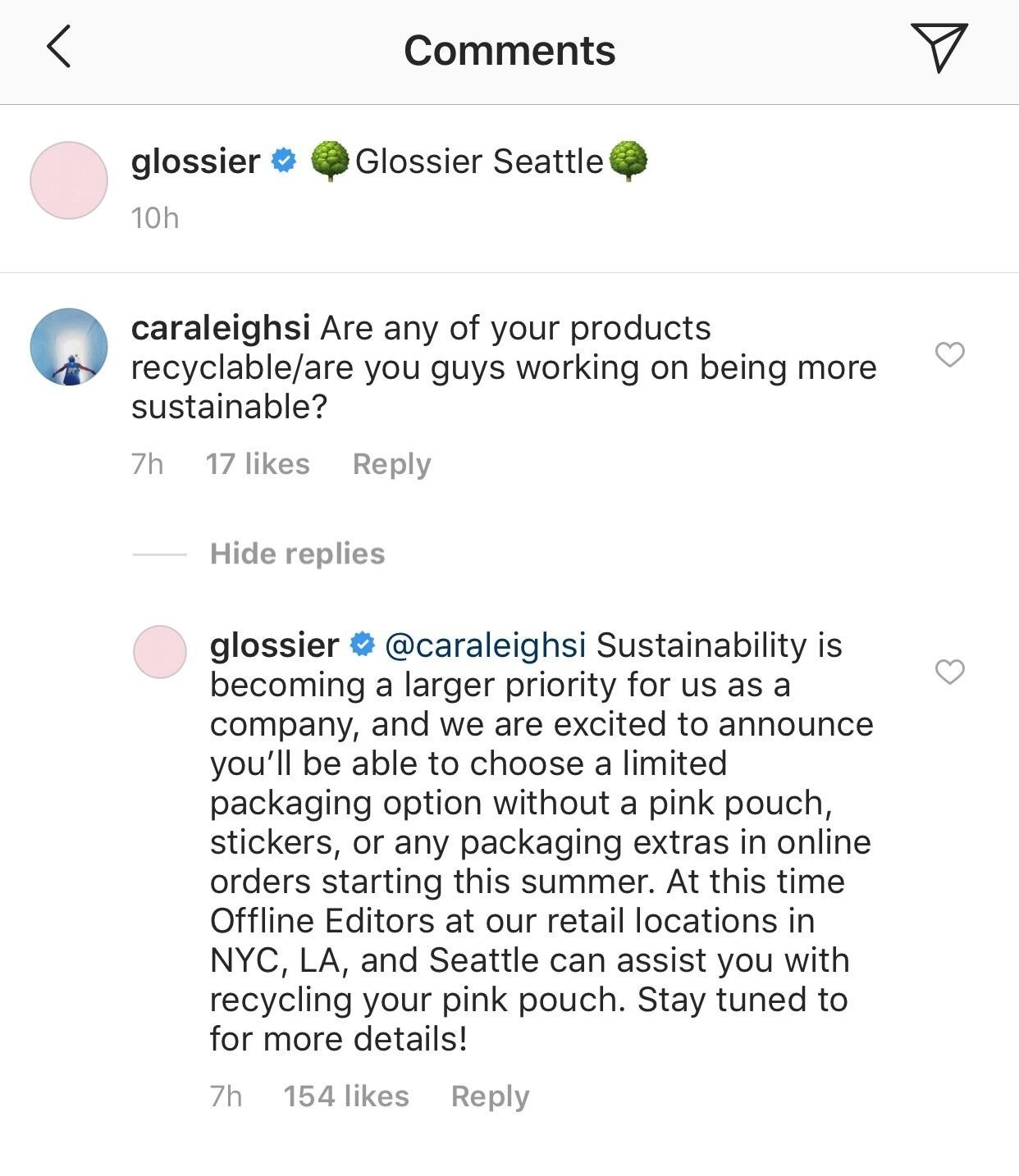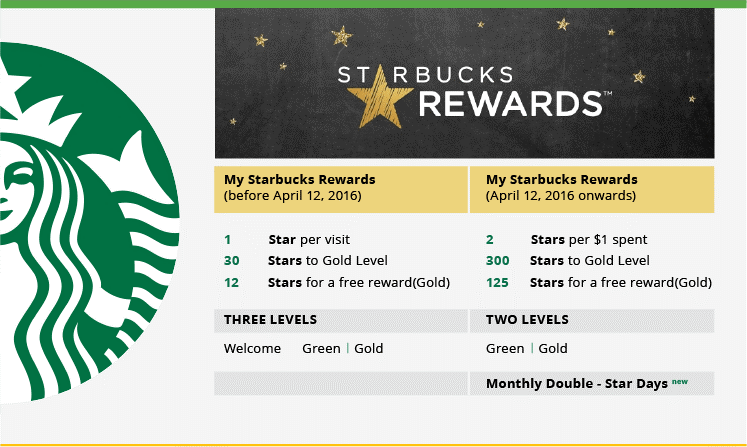Innovative Team Collaboration: 3 Tools for Seamless Project Management
Read More

You’re casually scrolling through your Insta feed, thinking about buying a new pair of shoes. Suddenly, you come across a post of your favorite shoe brand, but the comments are full of bad reviews. Now, even though you like those shoes, the reviews stop you from buying!
It’s not just about that one product; it’s about the impact those comments can have on others thinking of buying.
You see, around 54% of people like you check out a brand or product on social media. And, if they find positive comments about a product or service, about 71% are more likely to make a purchase. So, those comments really matter!
But, how to avoid bad reviews and leverage social media as a robust customer feedback tool to create a great online presence for your brand? – By being proactive.
By actively seeking feedback and responding promptly, businesses can prevent negative experiences from escalating. It’s akin to having closed-loop feedback – gather feedback, analyze it, and take actionable steps. This timely action can prevent potential grievances from spreading like wildfire across social media platforms.
But before you start improving things, let’s first understand the reason behind the negative feedback.
Did you know that 13% of dissatisfied customers will tell around 15 people about their negative experiences?
This is because our brains are wired to react more to negative comments or emotions than to positive ones.
But have you ever thought about why negative reviews happen on social media?
Well, negative social media reviews happen for different reasons. Sometimes, it’s because customers expect something but get something else. Other times, there might be a problem with how things are communicated or delivered. When businesses collect feedback, they learn why people are unhappy.
Understanding these reasons helps give better responses and fix issues before they become big problems on social media. This way, companies can use feedback to prevent bigger issues and keep customers happy.
But, avoiding negative reviews on social media isn’t an easy task! You need to know the right strategies to boost your customers’ experiences, leaving them with a positive impression of your brand.
Let’s uncover the best strategies to avoid negative feedback on social media!
Avoiding negative reviews is crucial for enhancing customer experiences. Here are some effective strategies to achieve that:
Once a negative review surfaces, it’s not the end of the road. Instead, it’s an opportunity to learn and grow. By analyzing the feedback, businesses can pinpoint specific areas that need improvement. It’s like having a roadmap to enhance their products or services.
Taking corrective action is the next crucial step. Closing the feedback loop by implementing changes is a great move. It showcases a commitment to delivering outstanding customer satisfaction.
For instance, when beauty brand Glossier faces negative social media reviews, they don’t panic. Nope, not at all! Instead of diving into a frenzy of apologies, they take a different route. They step up and offer to chat privately, showing they’re genuinely interested in resolving issues rather than masking them.
But that’s not all. Glossier takes listening to a whole new level. They don’t just give generic ‘thank yous’ for feedback. Take their Glitter Gellée, for example. When customers flagged concerns about its non-biodegradable glitter, Glossier didn’t look the other way. They listened, learned, and made a bold move by discontinuing the product, hoping to embrace more sustainable choices.

This process of learning and implementing changes is what we call “closing the feedback loop.” It’s not just about receiving feedback; it’s about actively using it to make meaningful improvements. This addresses current concerns and demonstrates a brand’s dedication to evolving and providing the best possible experience.
Social media holds tremendous potential to establish a robust online presence for your brand, with around 4.8 billion users globally – almost 59.9% of the world’s population and 92.7% of internet users.
That’s why you must proactively improve your online presence each day as it significantly impacts the sales and revenue of your business.
For instance, Nike’s campaigns, like ‘Play for the World,’ resonate deeply with the public. Launched during the pandemic, this campaign, spread across Nike’s social media channels, highlighted the significance of social distancing, uniting people around a shared message.
It showcased Nike’s adeptness in leveraging social media during pivotal moments.

Just like Nike, you can also harness social media’s influence and platforms like HARO to bolster your brand’s online presence by:
Gather and Analyze Online Feedback
Harnessing the power of customer advocacy means turning satisfied customers into your biggest fans. Consider this: when people genuinely love a product or service, they naturally want to share their positive experiences.
For instance, think about how Starbucks employs its loyalty program. The Starbucks loyalty program isn’t just about collecting points and creating brand ambassadors. Frequent customers get rewarded, not just with free coffee but with a sense of being valued, and they often become passionate advocates, promoting Starbucks to their friends and family.

Like Starbucks, you can cultivate a loyal customer base that supports your brand and becomes its vocal advocate, driving positive word-of-mouth and boosting overall brand reputation. This fosters trust and authenticity and creates a community of loyal advocates recommending your brand.
These are some of the best and most effective strategies to leverage social media for building a positive brand image. Now, let’s talk about some of the best practices to handle negative reviews on social media.
When going through negative social media reviews, implementing best practices can be a game-changer. Here’s why these steps are essential:
1. Don’t Ignore Negative Comments: Every positive or negative comment carries valuable insights. Ignoring negative feedback may convey indifference towards customer concerns, damaging your brand reputation.
2. Develop a Social Media Review Policy: Craft a clear and comprehensive policy outlining guidelines for responding to reviews. This ensures a consistent and professional approach to addressing feedback across platforms.
3. Assign a Dedicated Team: Designate specific individuals responsible for managing reviews. Having a dedicated team ensures prompt responses and personalized interactions, showcasing your commitment to customer satisfaction.
4. Monitor Social Media Actively: Regularly track mentions and reviews across social platforms. Active monitoring allows you to swiftly identify and address issues before they escalate, showcasing your proactive approach.
5. Respond Consistently: Maintain a uniform tone and approach in your responses across all social media platforms. Consistency builds credibility and reinforces your brand’s voice and values.
6. Respond Promptly: Aim to address reviews within 24 hours of posting. Timely responses demonstrate attentiveness and respect for customers’ opinions, fostering a positive image of your brand.
7. Maintain Professionalism: Avoid defensiveness in your responses. Instead, personalize interactions, show empathy, and humanize your brand. Professional yet empathetic responses resonate well with customers.
8. Acknowledge the Problem: Show genuine empathy and understanding towards customers’ concerns. Acknowledging issues validates their experiences and reassures them that their feedback is valued.
9. Take Responsibility: Be accountable for any mistakes made. Owning up to errors exhibits transparency and integrity, building trust with your audience.
10. Offer a Solution Privately: Propose a resolution to the issue privately. Directly contacting the reviewer to resolve the Problem showcases your commitment to resolving issues and ensures customer satisfaction.
11. Provide Contact Information: Make it easy for reviewers to contact you directly. Offering contact details demonstrates accessibility and willingness to engage in further discussions.
12. Utilize Social Listening Tools: Employ tools to track trends and identify potential issues early on. Social listening tools help in understanding customer sentiment, enabling proactive responses.
13. Discuss the Problem Privately: Engage in private conversations to delve deeper into the issue. Private discussions offer a more personalized and focused approach to resolving customer concerns.
14. Ask How You Can Help: Show genuine interest in assisting customers. Asking how you can help and assisting exhibits your commitment to customer satisfaction.
15. Don’t Delete Comments: Deleting negative comments may come across as evasive or dismissive. Instead, address them transparently and professionally.
16. Offer Contact Information: Encourage reviewers to contact you directly for further assistance. Providing contact details reinforces open communication channels and customer support availability.
Implementing these practices not only resolves customer issues but also showcases your
dedication to customer-centricity, fostering trust and loyalty among your customers.
As discussed above, managing negative reviews on social media is pivotal for preserving your brand’s reputation. Maintaining a positive online image is paramount, with over half of potential customers influenced by social media comments. Strategies like addressing negative feedback promptly, understanding the root causes of dissatisfaction, and leveraging customer advocacy play crucial roles in this endeavor.
However, implementing these strategies efficiently can be streamlined with the right tools like SurveySensum. It helps gather and analyze user feedback, and their CX consultant turns that feedback into actions to improve your brand’s image. By utilizing SurveySensum, businesses can proactively manage negative reviews, turning them into opportunities for improvement while bolstering their brand’s positive presence online.
